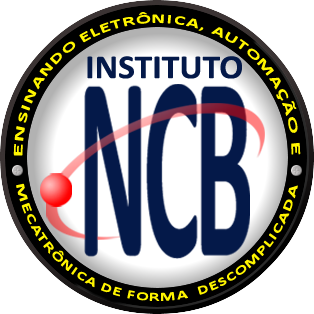Many designs that use transistors and integrated circuits are powered by a 6V voltage, normally supplied by small, medium or large batteries. However, batteries are expensive and run out quickly in many cases. If there is a possibility to feed these circuits on the bench from a fixed source, the savings are evident. The circuit we give below does just that, replacing 4 small, medium, or large batteries, that is, providing a current of up to 1 amp. Simple to assemble, it is an ideal economical solution for those who do many experiments and electronic assemblies. With it, the use of batteries can be limited to portable applications only. Note that we use the 7805 5V integrated circuit. If the reader finds the 7806 and wants to use it, simply remove the two diodes from the adjustment terminal, connecting it directly to earth. To increase the output of the 7805 by just over 1 V, we use just two diodes, D3 and D4. The transformer has a primary winding according to the local and secondary network of 7.5 + 7.5 V or even 9 + 9 V, and current of 1 A. If the reader has a lower current transformer, for example 500 mA, you can use, but your source will provide a maximum current of 500 mA. The diodes accept equivalents and the capacitor C1 must have a working voltage of at least 16 V. The integrated circuit must be mounted on a heat radiator. At the source output we use terminals where the input wires of the powered device will be attached. Yarns with different colored claws can also be used to identify the positive and negative. To experiment, just connect a multimeter to the output and check the voltage, or a 6V lamp.




